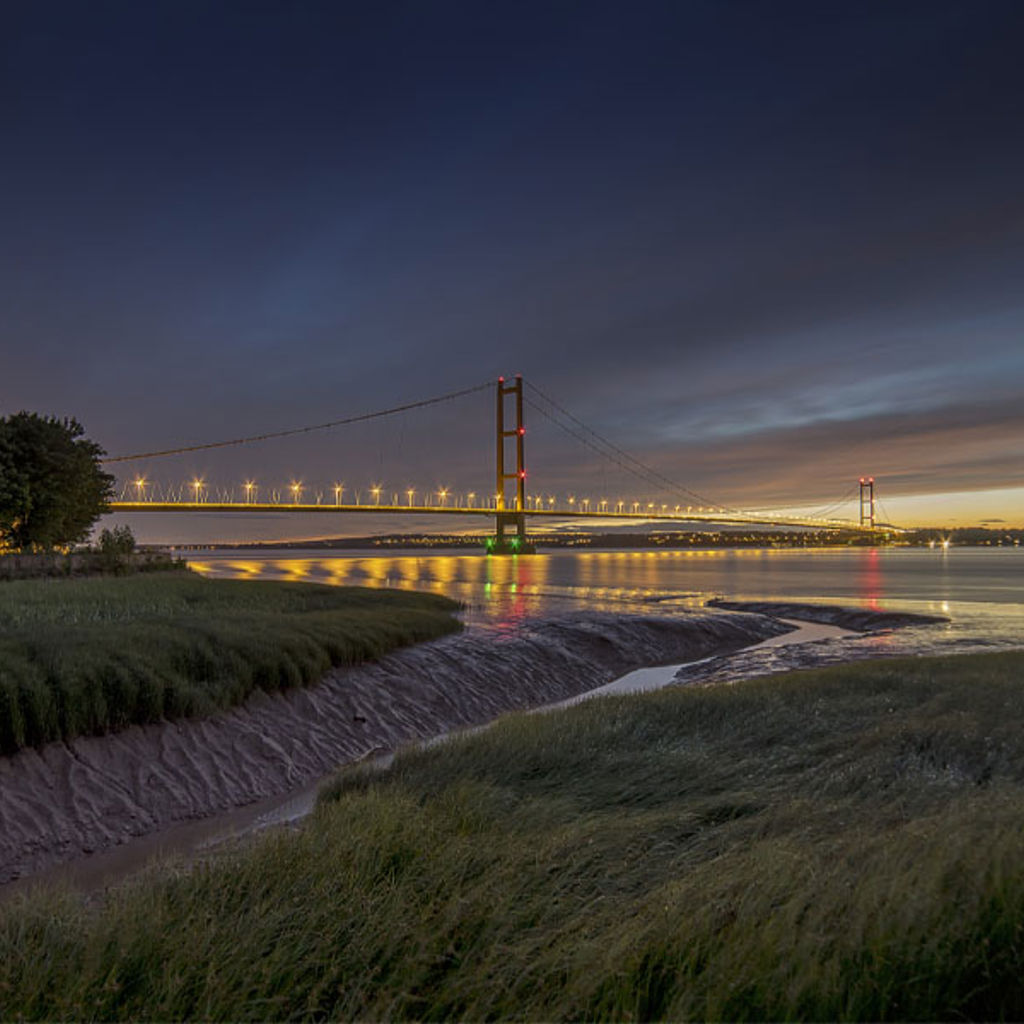Supporting Southeast Asia’s energy resilience
In Southeast Asia, we are working with several developers to plan and model the business strategy for importing renewable energy to increase the energy security and sustainability of Singapore’s electricity grid. We are conducting design studies for renewable plants combined with storage and subsea cables for Singapore’s import projects.
Working with the United Kingdom Government and stakeholders in Southeast Asia, we have recently studied the role of high-voltage direct current (HVDC) cables in the ASEAN power grid (APG). The study covers aspects ranging from sourcing materials to meeting installation requirements. It examines how potential bottlenecks in this supply chain could impact the realisation of the APG.
A tested three-step approach for creating resilient electricity grids
We work with utilities, policymakers and government to design and implement resilient energy grids by combining our framework, with planning and a multidisciplinary approach to mitigation programmes. Our three-step approach is detailed below.
Step 1: Measure and benchmark
The first step is to measure your electricity grid's resilience and establish a benchmark for your target. This involves gaining an understanding of your resilience, identifying gaps, and pinpointing challenges.
Our Energy Resilience Framework provides a holistic assessment of grid resilience, diagnosing areas where performance aligns with best practices, and highlighting challenges and opportunities for improvement. The framework, built on three dimensions and 11 goals, examines leadership and strategy, economic and societal value, and the physical infrastructure with its ecosystems, offering insights on how to achieve these goals.
Case study: UK National Grid Project
The United Kingdom faced a wide range of potential threats to its energy supply network, requiring a comprehensive plan to ensure future energy resilience.
Our Energy Resilience Framework established a baseline, which enabled the team to address these threats by developing a detailed, all-encompassing plan. This approach not only mitigated risks but also set a proactive strategy to meet future energy needs.
The result was a robust plan that ensures the continuity of energy supply across the network, safeguarding against potential disruptions, and preparing for future demands.
Learn more about our work with National Grid
Step 2: Plan and prioritise
The next step is to plan a mitigation programme that addresses your organisation’s specific needs and challenges. Here, we also prioritise the essential services required to design resilience into your electricity grid.
Planning resilient grids is a challenging technical task. We use advanced modelling of utility systems to identify and prioritise investments based on their criticality. Additionally, we use adaptive planning to map future scenarios shaped by potential climate events and, finance and economics to factor into least-regret optioneering.
Case study: Multi-Hazard Climate and Disaster Risk Assessment for Tongatapu
The Polynesian Kingdom of Tonga is one of the lowest-lying countries in the world, with its capital Nuku’alofa, on the island of Tongatapu, just two metres above sea level.
We analysed over 50,000 buildings, energy and water assets to inform climate adaptation planning and infrastructure investment in future projects in Tonga.
Learn more about our work for Tongatapu
Step 3: Design bespoke solutions
The third step involves designing bespoke solutions for the mitigation programme. We offer multidisciplinary services to effectively address the unique challenges of each electricity grid.
These solutions may include infrastructure enhancements, such as designing barriers, protective measures, or relocating or modifying assets to safeguard against rising sea levels, typhoons, and other climate-related events.
Solutions can also focus on personnel, structuring your network, operations, and maintenance teams to ensure backup is available when additional resources are required. This approach also applies to management, ensuring there are adequate backups in place to approve decisions swiftly when quick responses are essential.
By leveraging advanced technology, we can help design a smart system to plan and manage a more resilient future network. For example, a self-healing AI-powered grid or a digital twin – a precise digital replica of your system – can provide real-time data, linking asset conditions to models and enabling informed, real-time decision making.
Case study: Digital Spine Feasibility Study
We delivered a six-month feasibility study to explore the concept of a ‘digital spine’ in partnership with Energy Systems Catapult and the University of Bath identifying the needs case and challenges for the energy sector to facilitate data sharing through a digital infrastructure.
An energy sector data sharing infrastructure will provide a secure and resilient method of sharing data, which is a vital component in the decarbonisation of Great Britain’s energy system.
Learn more about the digital spine feasibility study
Combining energy reliability and resilience
Reliability planning alone is insufficient for Southeast Asia’s energy sector. To ensure a dependable energy supply that meets demand, we must also build resilience against the climate uncertainties facing the region's island nations.
Although developing a resilient energy grid may appear daunting, it does not have to be. By integrating resilience with reliability planning, our electricity grids will not only keep the lights on but also be prepared for future challenges.
Helping you transition with resilience
For energy sector organisations in Southeast Asia focused on a resilient transition and exploring transmission and distribution solutions, our team is ready to guide you towards a secure and sustainable energy future.












